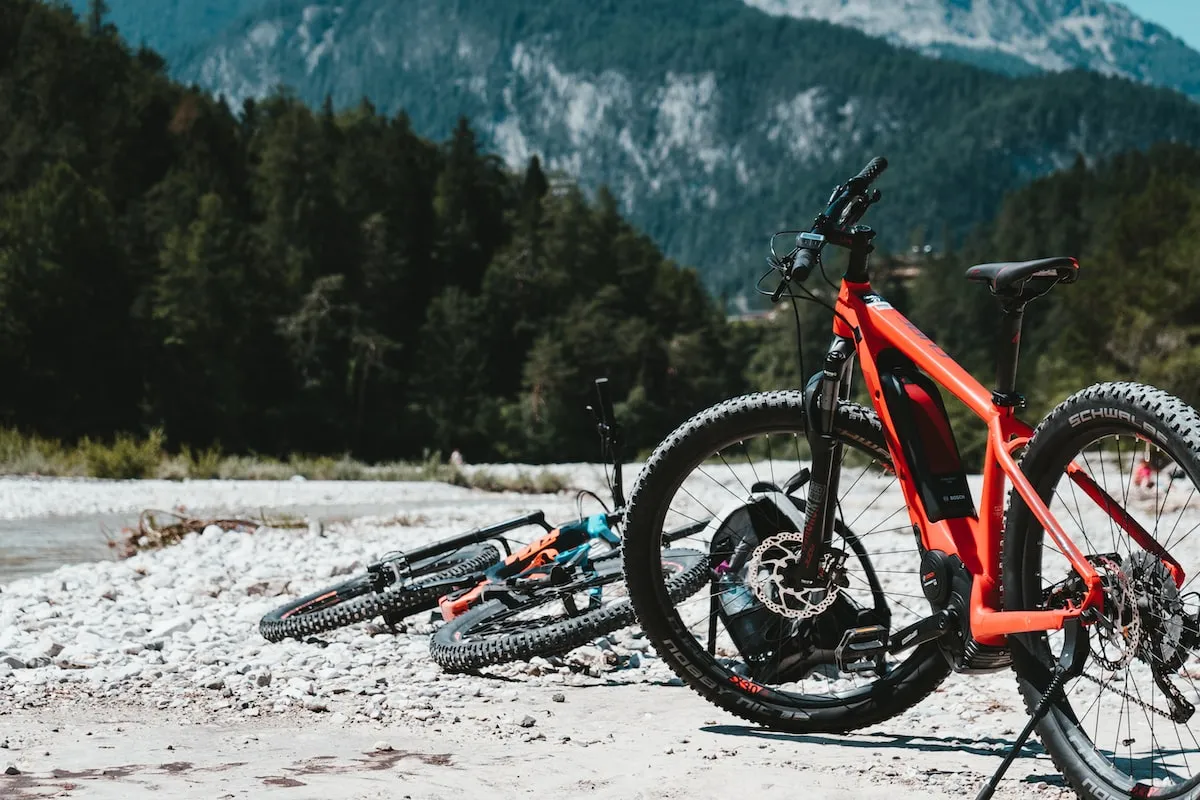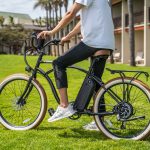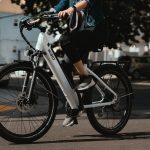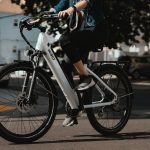Riding bikes on trails sometimes means dealing with mud, puddles and wet weather. Electric mountain bikes have more electrical components than regular bikes. This leads many riders to wonder: are e-bikes waterproof?
How Water Can Damage an E-bike
Water getting inside an electric bike’s motor, battery or control unit can cause issues. The electrical connections and wiring can corrode or short out if they get wet. Any water that gets into the sealed motor or gears can also lead to internal rust over time.
So manufacturers waterproof e-bike electrical systems to prevent failures. But no bike is 100% waterproof forever, especially after hard use. Basic wet weather often causes few issues. But repeated submersion past design limits strains the water protection.
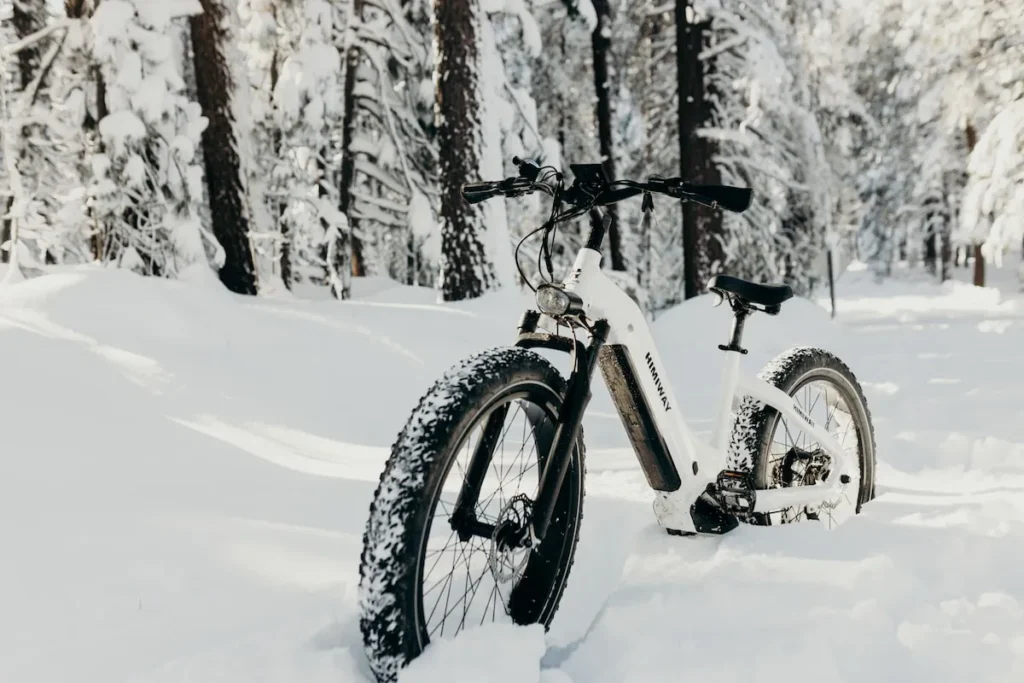
E-bike Motors
Mid-drive motors sit in the middle of the bike frame. Their position leaves the motor less exposed compared to hub motors in the wheels. Manufacturers seal off mid-drive motor internals from both water and dirt ingress.
The interface between the motor and frame also gets a water-block gasket. Together these measures keep most mid-drive systems trouble-free in wet conditions. Direct water blasts at high pressure may still push past protections over time.
Hub motors face more direct exposure on the trail. Their solid casings and sealed internals provide water resistance. But the external motor position encounters more water, mud and debris than mid-drives. Make sure to clean hub motor bikes more frequently.
Batteries and Electronics
Lithium batteries power e-bike systems. While the hardy cells can get wet, moisture can still corrode connections. So manufacturers enclose batteries in water-resistant packs. Basic rainy rides shouldn’t breach protections. But take care if bikes fall into streams or soak in rain.
Control units and specialty displays also hide away inside water-resistant casings. Tight seals block droplets from reaching the circuit boards and buttons within. Brief wet rides likely won’t cause electrical issues. But prolonged submersion can still allow moisture inside over time.
Water Protection Level Standards
Electronic component makers follow International Protection (IP) ratings to quantify device water resistance. The IP scores specifically describe solid particle protections and liquid ingress limits.
E-bike systems often have IP65 or IP66 scores. The 6 means totally dust tight, while the second digit 5 allows low pressure water streams. Score 6 means protection against heavy seas or pressurized jets. So while not fully waterproof, e-bikes handle most wet conditions.
Higher IP68 or IP69 scores support prolonged immersion. But full waterproofing adds cost and weight few riders need. So most e-mountain bikes stick to IP66 or IP67 levels suitable for normal wet weather use. Just take care with extremely deep puddles or pressure washer cleaning.

Keeping Your E-bike Dry
While e-bikes manage trails better than regular bikes, some moisture precautions still help:
- Clean mud and debris frequently to prevent buildup leading to ingress
- Avoid high pressure sprayers and submerging components in water
- Check casings and connectors for cracks compromising water seals
- Lubricate waterproof rubber gaskets around motors and connectors
- Use protective tapes on connectors and battery openings when rinsing
- Stow bikes inside or covered outside to limit rain exposure
Reasonable wet weather riding won’t harm modern e-mountain bikes. The electrical components can withstand basic moisture, storms and puddles if bike casings stay intact. Just avoid going underwater or blasting components with unfiltered water streams. Letting mud pile on also risks moisture traps against protective seals. With reasonable care, an electric mountain bike handles most wet trail adventures.
While not 100% waterproof, e-bikes can still perform through precipitation and mud when maintained properly.
